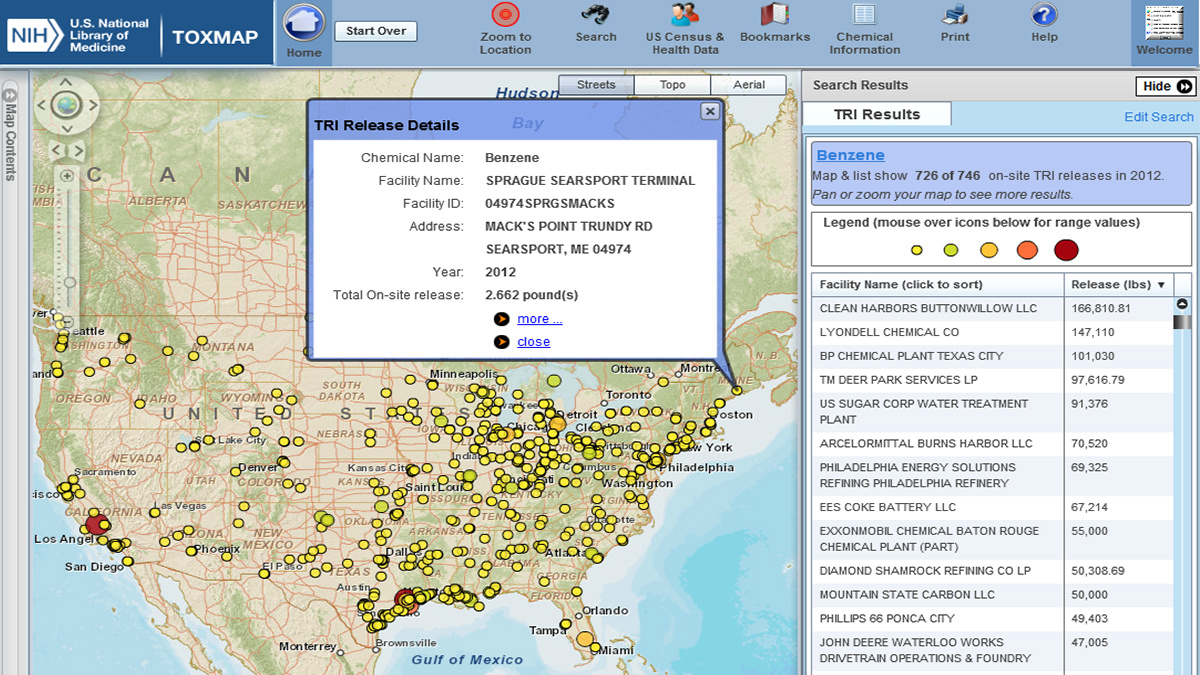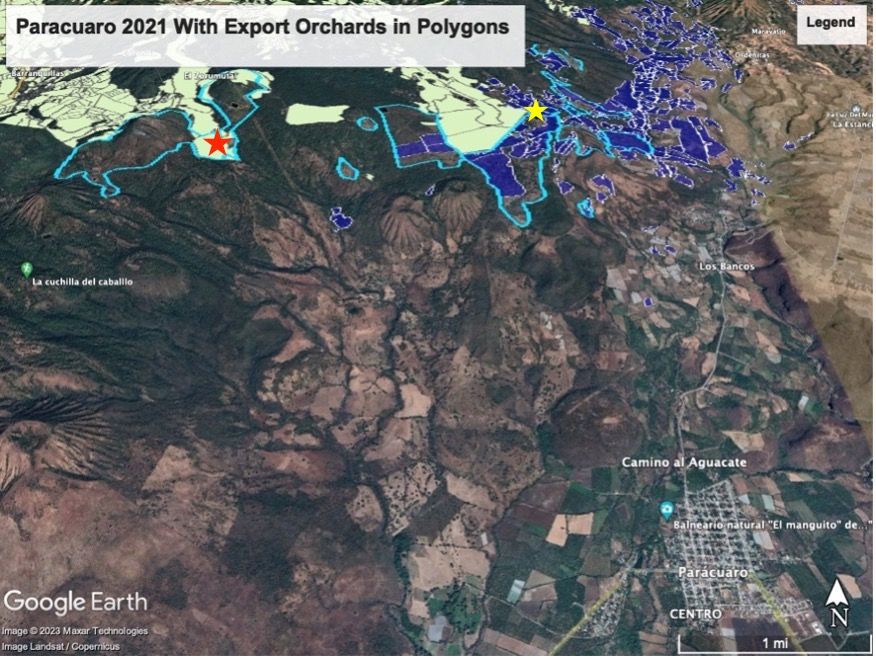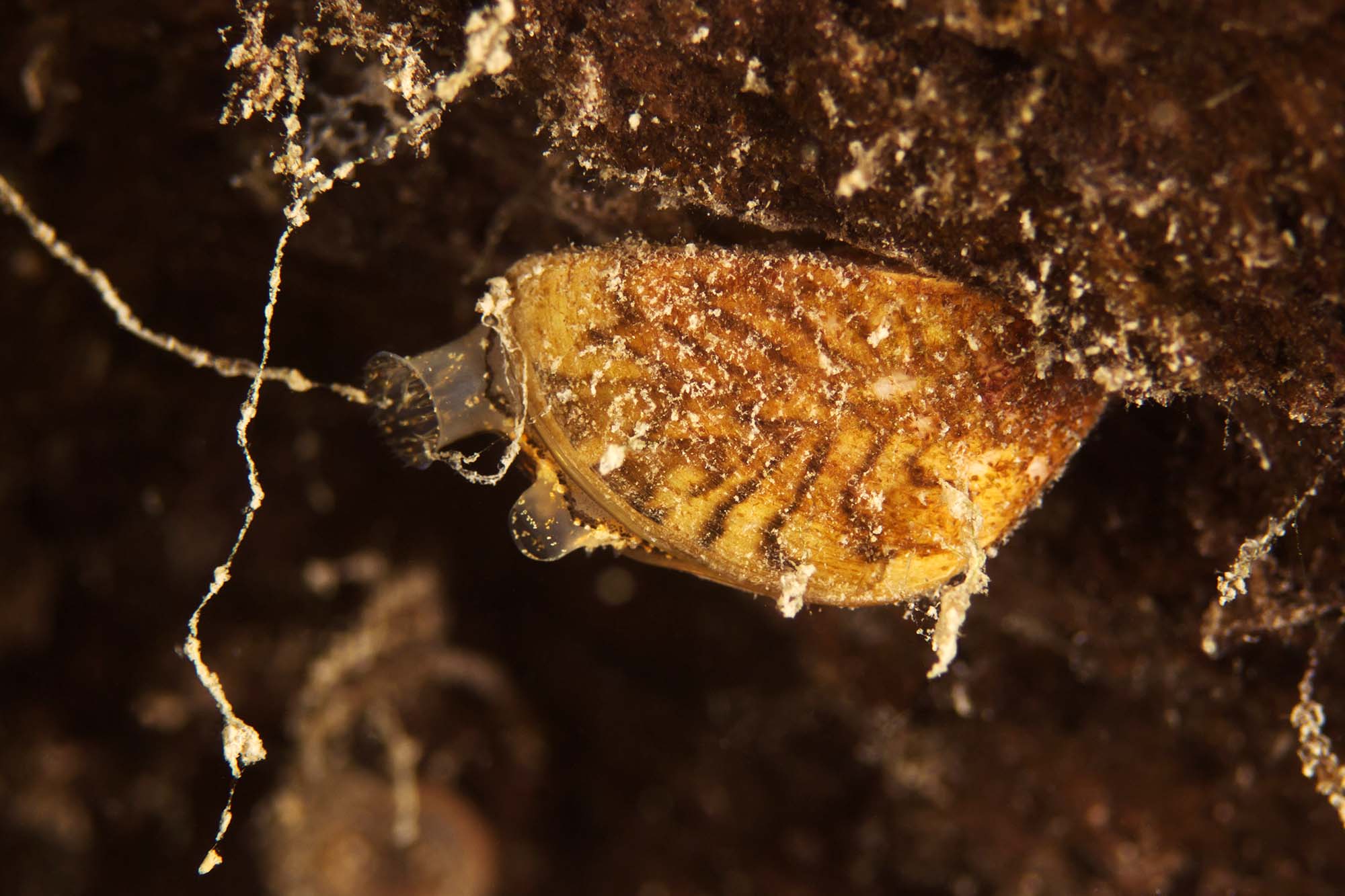Report on Water Resource Management and Sustainable Development in the Monterey Peninsula
Introduction: Aligning Water Strategy with Sustainable Development Goals (SDGs)
The Monterey Peninsula is currently navigating several parallel initiatives aimed at securing a long-term, sustainable water supply. These efforts directly address multiple United Nations Sustainable Development Goals (SDGs), primarily SDG 6 (Clean Water and Sanitation) and SDG 11 (Sustainable Cities and Communities). The complex interplay between public agencies and private entities highlights the challenges in achieving SDG 16 (Peace, Justice and Strong Institutions) and SDG 17 (Partnerships for the Goals) through effective resource governance.
Key Water Supply Initiatives and SDG Implications
-
Cal Am Desalination Project: Challenges in Achieving SDG 6
California American Water (Cal Am) is pursuing the development of a desalination facility to augment the region’s water supply, a critical step toward ensuring water availability under SDG 6. However, the project faces significant institutional and regulatory challenges that impact its viability and alignment with sustainable development principles.
- Regulatory Discrepancy: A conflict exists between approvals from two state agencies. The California Public Utilities Commission (CPUC) approved a 6.4 million gallons-per-day (mgd) project, while the California Coastal Commission approved a smaller 4.8 mgd facility. This lack of regulatory cohesion undermines the principles of effective governance central to SDG 16.
- Legal and Economic Uncertainty: Public agencies, including the Monterey Peninsula Water Management District (MPWMD), have filed a motion with the CPUC to set aside its recent approval of water supply projections. The motion cites vagueness on key issues, such as the economic impact on ratepayers (a concern under SDG 11) and liability for unused water capacity. This action preserves the agencies’ right to future litigation, underscoring the ongoing institutional disputes.
- Environmental Considerations: Desalination projects inherently involve SDG 14 (Life Below Water), as coastal and marine ecosystems can be affected. The discrepancy in project size has implications for the environmental mitigation measures required.
-
Pure Water Monterey Expansion: A Model for SDG 6 and SDG 12
The expansion of the Pure Water Monterey project represents a significant advancement in sustainable water management, directly supporting SDG 6 and SDG 12 (Responsible Consumption and Production) through water recycling and reuse.
- Increased Capacity: The project’s capacity is set to increase from 5 mgd to 7.6 mgd of purified recycled water.
- Groundwater Replenishment: This purified water is injected into the Seaside Basin, replenishing a critical local aquifer and reducing reliance on over-stressed water sources, a core tenet of responsible resource management under SDG 6 and SDG 12.
- Circular Economy Principles: By treating and reusing wastewater, the project exemplifies a circular economy approach, minimizing waste and maximizing resource efficiency for the community.
-
Public Acquisition of Water System: Governance and Community Sustainability (SDG 11 & 16)
The ongoing effort by the MPWMD to acquire Cal Am’s local water system is a fundamental governance issue. This initiative seeks to place a vital public resource under public control, which proponents argue is essential for ensuring equitable access and affordability, key components of creating sustainable and resilient communities as outlined in SDG 11. The process, currently in litigation, reflects the institutional complexities of managing essential services as described in SDG 16.
Regulatory Hurdles and Future Outlook
A primary objective for the MPWMD is the removal of a State Water Board cease-and-desist order against Cal Am. The district’s leadership views the lifting of this order as a necessary step to enable regional prosperity and facilitate the installation of new water meters, which would improve water management and conservation efforts. Resolving this regulatory barrier is crucial for the Peninsula to fully implement its water security strategies and advance its commitment to SDG 6 and SDG 11, ensuring a reliable water future that supports both environmental health and community development.
Analysis of Sustainable Development Goals in the Article
1. Which SDGs are addressed or connected to the issues highlighted in the article?
SDG 6: Clean Water and Sanitation
This is the most prominent SDG in the article. The entire text revolves around securing a stable and sufficient water supply for the Monterey Peninsula through various projects like desalination and water recycling. It discusses water management, supply, demand, and the legal frameworks governing them.
SDG 9: Industry, Innovation, and Infrastructure
The article focuses on major infrastructure projects, namely Cal Am’s desalination plant and the Pure Water Monterey expansion. These projects represent significant investments in technology and infrastructure to build resilience and ensure a reliable water supply for the community.
SDG 11: Sustainable Cities and Communities
The efforts described aim to make the Monterey Peninsula more sustainable and resilient by addressing a critical resource shortage (water). A secure water supply is fundamental for the well-being of the community and its future development, which is a core component of making cities inclusive, safe, resilient, and sustainable.
SDG 14: Life Below Water
The desalination project is located in Marina, a coastal city. The involvement of the California Coastal Commission, which approved a smaller version of the project than the CPUC, implies that the protection of marine and coastal ecosystems is a key consideration in the project’s development and approval process.
SDG 17: Partnerships for the Goals
The article highlights the complex interactions between a private company (Cal Am) and multiple public agencies (Monterey Peninsula Water Management District, Marina Coast Water District, City of Marina, CPUC, State Water Board). This dynamic, including litigation and collaboration, exemplifies the multi-stakeholder partnerships (and conflicts) involved in achieving sustainable development.
2. What specific targets under those SDGs can be identified based on the article’s content?
-
SDG 6: Clean Water and Sanitation
- Target 6.3: By 2030, improve water quality by … substantially increasing recycling and safe reuse globally. The “Pure Water Monterey expansion” is a direct implementation of this target, as it is a recycled water project increasing its capacity to “7.6 mgd of purified water.”
- Target 6.4: By 2030, substantially increase water-use efficiency … and ensure sustainable withdrawals and supply of freshwater to address water scarcity. The entire article is about addressing water scarcity by developing new water sources (desalination and recycling) to meet the “Peninsula’s water supply and projected demand in 2050.”
- Target 6.5: By 2030, implement integrated water resources management at all levels, including through transboundary cooperation as appropriate. The involvement of multiple agencies like MPWMD, Marina Coast Water District, the City of Marina, CPUC, and the State Water Board in managing the region’s water supply is a clear example of integrated water resources management in action.
-
SDG 9: Industry, Innovation, and Infrastructure
- Target 9.1: Develop quality, reliable, sustainable and resilient infrastructure … to support economic development and human well-being. The efforts to build a desalination plant and expand a water recycling facility are aimed at creating resilient and reliable water infrastructure to ensure the long-term prosperity of the Monterey Peninsula.
-
SDG 11: Sustainable Cities and Communities
- Target 11.5: By 2030, significantly reduce … the number of people affected … by disasters, including water-related disasters… Securing a stable water supply through these projects helps make the community more resilient to droughts and water scarcity, which are forms of water-related disasters.
-
SDG 14: Life Below Water
- Target 14.2: By 2020, sustainably manage and protect marine and coastal ecosystems to avoid significant adverse impacts… The California Coastal Commission’s approval of a specific size for the desalination project (“a 4.8 mgd project in 2022”) indicates that regulatory oversight is in place to manage the potential impacts of this coastal infrastructure on the marine environment.
-
SDG 17: Partnerships for the Goals
- Target 17.14: Enhance policy coherence for sustainable development. The conflict between the CPUC’s approval of a “6.4 million gallons-per-day project” and the Coastal Commission’s approval of a “4.8 mgd project” highlights a lack of policy coherence that the agencies are now trying to resolve through legal motions.
3. Are there any indicators mentioned or implied in the article that can be used to measure progress towards the identified targets?
Yes, the article mentions several quantitative and qualitative indicators:
- Volume of recycled water produced: The article explicitly states the capacity of the Pure Water Monterey project is expanding “from 5 million gallons-per-day to 7.6 mgd.” This is a direct indicator for Target 6.3.
- Capacity of new water supply infrastructure: The planned capacity of the desalination project is mentioned with specific figures: “a 6.4 million gallons-per-day project” and “a 4.8 mgd project.” This serves as an indicator for progress on Targets 6.4 and 9.1.
- Water demand projections: The mention of “projected demand in 2050” is an indicator used for planning and measuring the adequacy of the water supply infrastructure in meeting the long-term needs of the community (Target 6.4).
- Regulatory decisions and legal actions: The filing of a motion with the CPUC and the goal of convincing the “State Water Board to lift its cease-and-desist order” are qualitative indicators of the governance and institutional processes (Targets 6.5 and 17.14) being used to manage water resources.
- Economic impact on consumers: The question of “how a smaller project would impact ratepayers” implies that the affordability of water is a key indicator being considered, which relates to the goal of equitable access in Targets 6.1 and 9.1.
4. Summary Table of SDGs, Targets, and Indicators
| SDGs | Targets | Indicators |
|---|---|---|
| SDG 6: Clean Water and Sanitation |
6.3: Increase water recycling and reuse. 6.4: Ensure sustainable supply of freshwater. 6.5: Implement integrated water resources management. |
– Increased capacity of Pure Water Monterey to 7.6 million gallons-per-day (mgd). – Planned capacity of desalination project (4.8 to 6.4 mgd). – Use of water supply and demand projections to 2050. – Lifting of the State Water Board’s cease-and-desist order. |
| SDG 9: Industry, Innovation and Infrastructure | 9.1: Develop quality, reliable, sustainable and resilient infrastructure. |
– Construction of a desalination project. – Expansion of a water recycling facility. – Consideration of the economic impact on ratepayers. |
| SDG 11: Sustainable Cities and Communities | 11.5: Reduce the impact of water-related disasters. | – Development of new, drought-resilient water sources to ensure community water security. |
| SDG 14: Life Below Water | 14.2: Sustainably manage and protect marine and coastal ecosystems. | – Approval of the desalination project by the California Coastal Commission, indicating environmental oversight. |
| SDG 17: Partnerships for the Goals | 17.14: Enhance policy coherence for sustainable development. |
– Litigation and motions filed to resolve conflicting approvals between the CPUC (6.4 mgd) and the Coastal Commission (4.8 mgd). – Interactions between private (Cal Am) and public (MPWMD, etc.) entities. |
Source: montereycountynow.com







